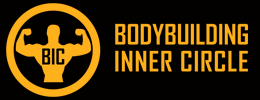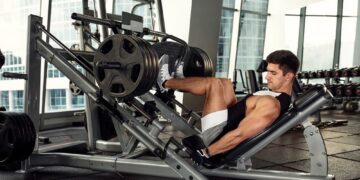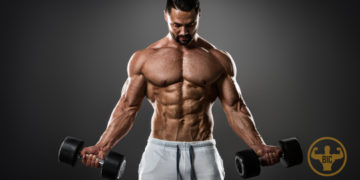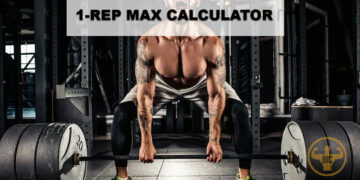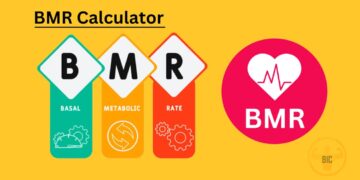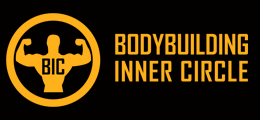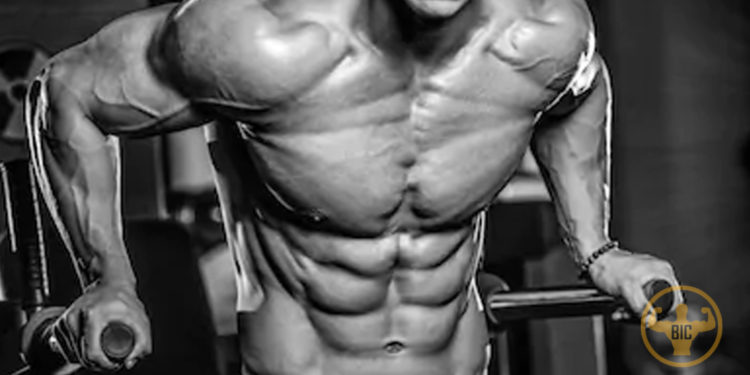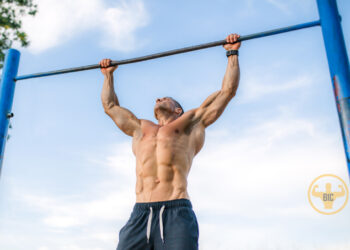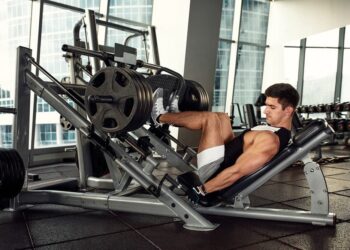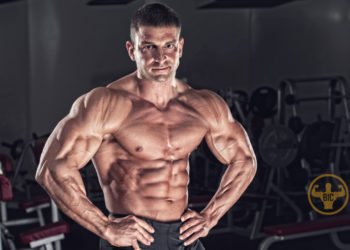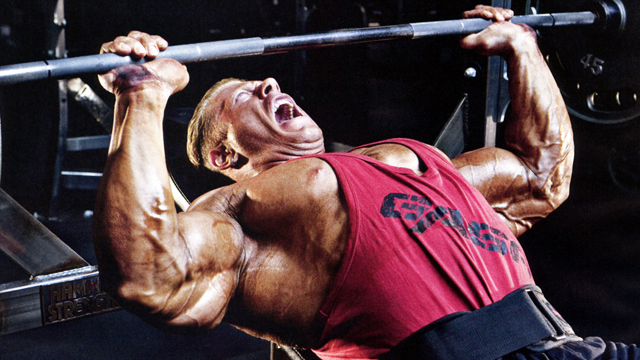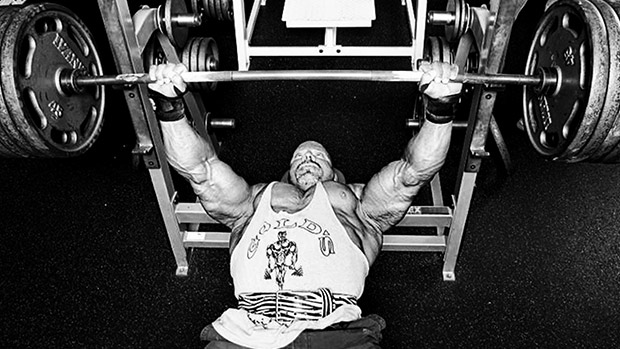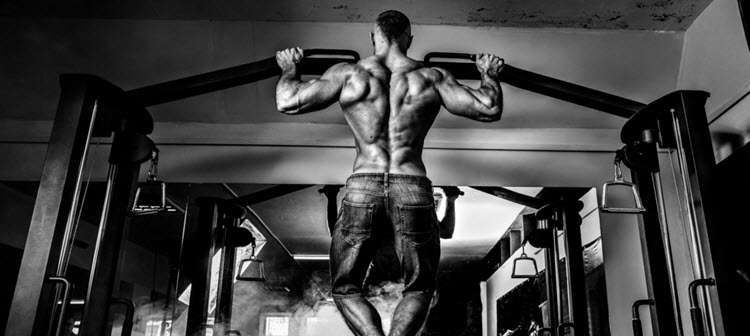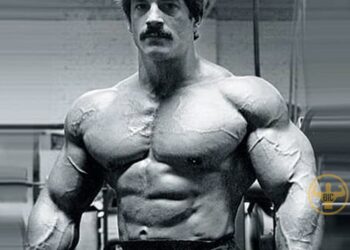Competitive bodybuilding demands a combination of raw strength and explosive power to achieve the sculpted, awe-inspiring physiques that grace the stage. This article will delve into effective strength and power workout routines tailored specifically for ambitious bodybuilders aiming to dominate the competition. By strategically blending strength training with power-focused exercises, athletes can achieve a harmonious balance between muscle mass, definition, and sheer force.
The Foundation: Strength Training
Compound Movements for Maximal Strength
Compound exercises like squats, deadlifts, and bench presses form the backbone of any bodybuilder’s strength routine. These movements engage multiple muscle groups simultaneously, promoting overall muscle development and a sturdy foundation.
Progressive Overload Principle
Utilizing the principle of progressive overload, where you gradually increase the weights you lift, is vital. This consistent challenge forces muscles to adapt, leading to ongoing strength gains.
Training Frequency
Aim for a balanced approach to training frequency. Split your routine into different muscle groups to allow adequate recovery time while maintaining consistent training sessions.
Incorporating Resistance Bands
Integrating resistance bands into your routine adds an extra dimension of resistance, targeting muscles from different angles and enhancing strength gains.
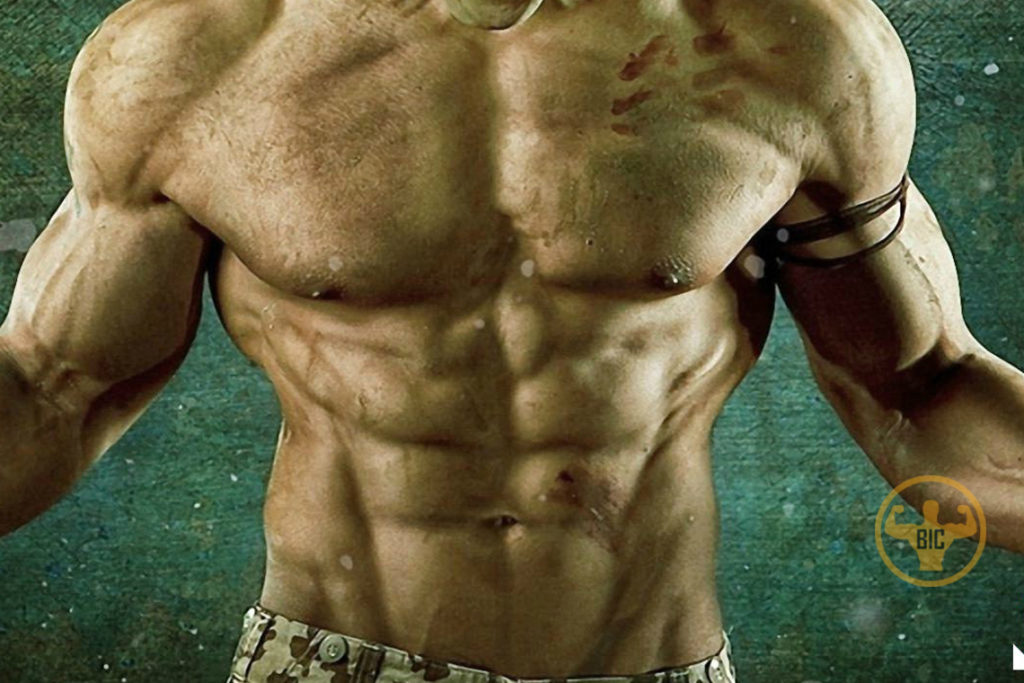
Harnessing Explosive Power
Plyometric Exercises for Power
Plyometric exercises like box jumps, explosive push-ups, and medicine ball throws boost power by utilizing rapid muscle contractions. These dynamic movements mimic the explosive bursts needed on stage.
Olympic Lifts
Olympic lifts, such as clean and jerks and snatches, are excellent for building power. They require quick, forceful movements that activate fast-twitch muscle fibers and improve overall explosiveness.
Speed and Agility Drills
Enhance your power potential with speed and agility drills. Ladder drills, cone drills, and sprints improve coordination, quickness, and the ability to generate power rapidly.
Functional Training
Functional exercises imitate real-life movements, translating to improved performance on stage. Incorporate exercises like kettlebell swings and battle rope slams to enhance power in a practical context.
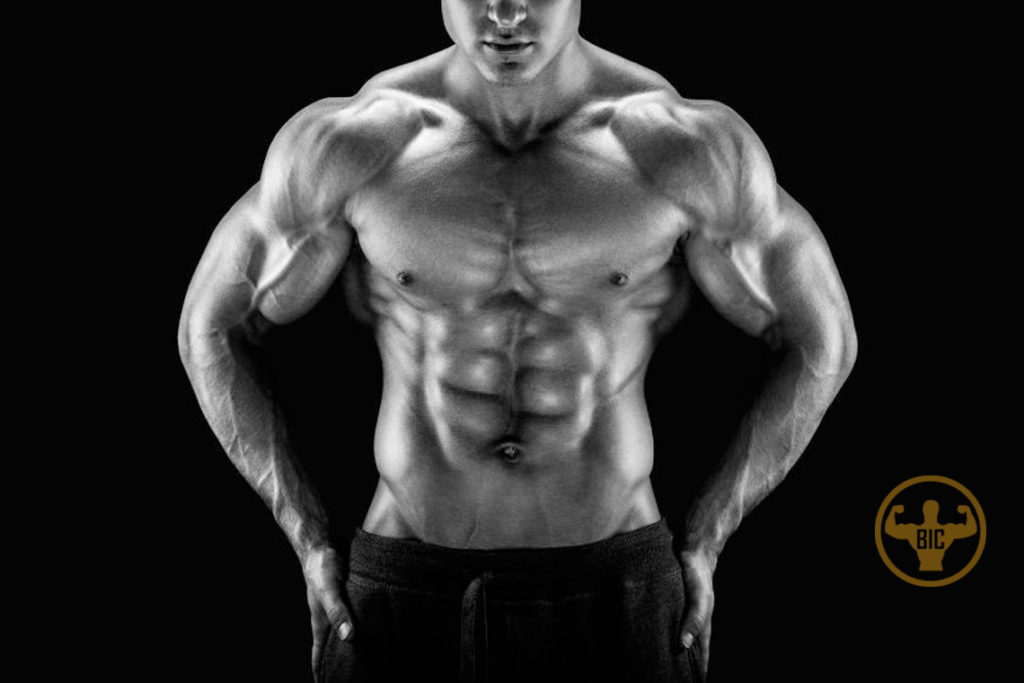
Synergy of Strength and Power
Periodization
Periodization involves planning your training phases to optimize strength and power gains. Rotate between high-intensity strength cycles and power-focused phases for a comprehensive approach.
Hybrid Workouts
Fuse strength and power in hybrid workouts. For instance, alternate between heavy compound lifts and explosive plyometric exercises to challenge muscles in diverse ways.
Core Strengthening
A solid core is crucial for transferring strength and power effectively. Incorporate exercises like planks, hanging leg raises, and cable wood-chops to stabilize and strengthen your core.
Recovery and Nutrition
Prioritize recovery through adequate sleep, foam rolling, and active rest days. A well-balanced diet rich in protein, carbs, and healthy fats supports muscle repair and growth essential for both strength and power.
Conclusion
In the world of competitive bodybuilding, strength and power are non-negotiable attributes. Incorporating a strategic blend of strength training and power-focused exercises not only enhances performance on stage but also minimizes the risk of injury. By adopting these targeted workout routines and maintaining a disciplined lifestyle, aspiring bodybuilders can ascend to new heights of strength, power, and success.
FAQs
- Is strength more important than power in bodybuilding? Both strength and power play integral roles in bodybuilding success. Strength builds the foundation, while power enhances explosiveness and muscle definition.
- Can women benefit from these workout routines? Absolutely! Strength and power training is beneficial for everyone, regardless of gender, helping achieve well-rounded fitness goals.
- How often should I change my routine? Change routines every 8-12 weeks to prevent plateaus and ensure consistent progress.
- Are supplements necessary for strength and power gains? While supplements can aid recovery and performance, they should complement a balanced diet and focused training, not replace them.
- What’s the best time to perform power exercises? Incorporate power exercises earlier in your workout when your energy levels are high to maximize effectiveness.
